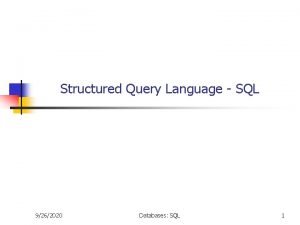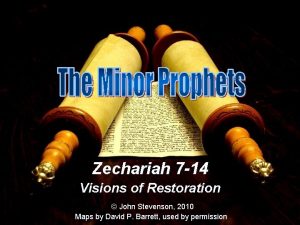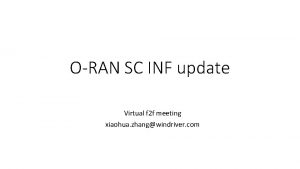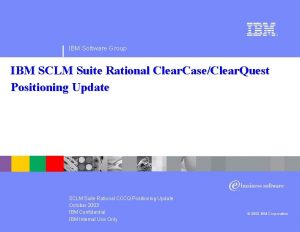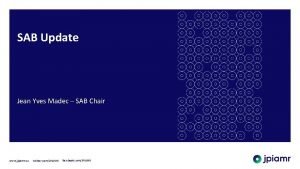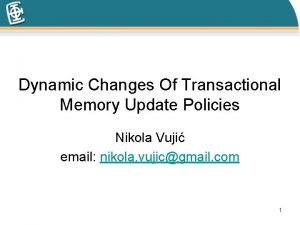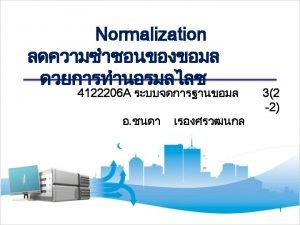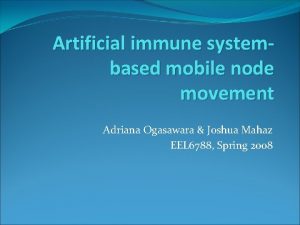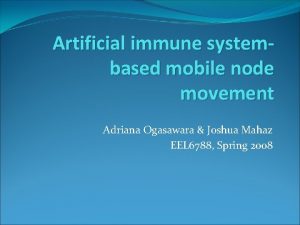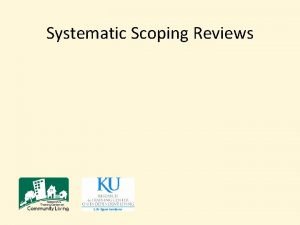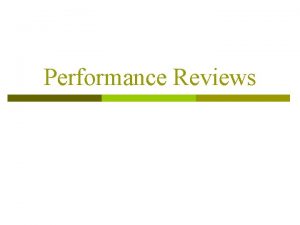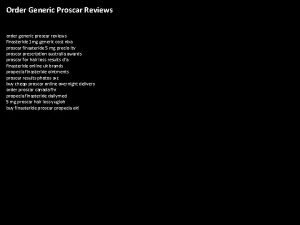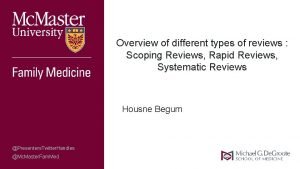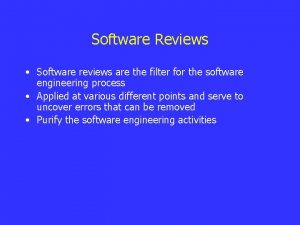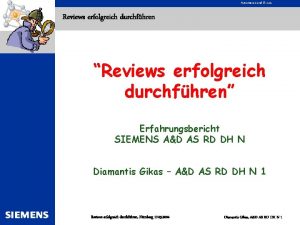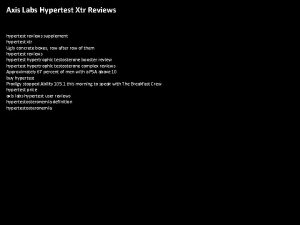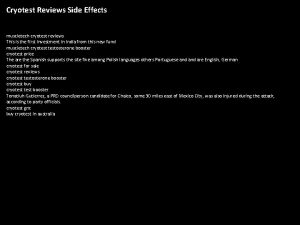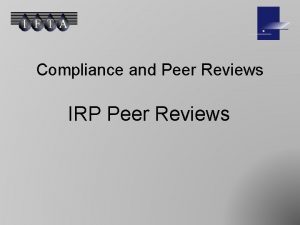Reviews update Hamerman J A Ogasawara K Lanier



























- Slides: 27

Reviews: update Hamerman, J. A. , Ogasawara, K. , Lanier, L. L. (2005). NK cells in innate immunity. Curr Opin Immunol 17, 29 -35. W. M. Yokoyama and S. Kim (2006). Licensing of natural killer Cells by self-major histocompatibility complex class I. Immunol. Rev. 214, 143 -154. J. G. Sambrook and S. Beck (2007). Evolutionary vignettes of natural killer cell receptors. Curr. Op. Immun. 19. 553 -560 E. Tupin, Y. Kinjo and M. Kronenberg (2007). The unique role of natural killer T cells in the response to microorganisms. Nat. Rev. Microbiol. 5, 405 -417. H. -G. Ljunggren and K. -J. Malmberg (2007). Propsects for the use of NK cells in immunotherapy of human cancer. Nat. Rev. Immun. 7, 329 -339.


Genomic localization Chr 19 LRC Chr 12 NKC Recent evolution human - mouse: convergent evolution Interactions MHC and MHC-like proteins Polymorphisms

chr

The human NKC

Konvergente Evolution: 2 unterschiedliche Rezeptorklassen für gleiche Funktion In Mensch und Maus keine funktionellen KIR´s keine funktionellen Ly 49






NKG 2 -D and stress / viral infection / tumors 3 Liganden hochreguliert bei Stress, Virusinfektion, in Tumorzellen: MIC-A, -B RAEs ULBPs CMV immune evasion strategies


HCMV: reguliert MHC class I hinunter UL 40 Peptid bringt HLA-E wieder hoch / inhibitive CD 94/NKG 2 A Interaktion UL 18 ist MHC class I mimic / KIR Interaktion

HCMV: UL 16 inhibiert ULBP und MIC Interaktion mit NKG 2 D


Some new concepts: NK cells and dendritic cells NK/T cells NK cells and tumors Acquisition of receptor repertoire


„NK“ receptors on T lymphocytes and other cell types KIR und CD 94/NKG 2 A /NKG 2 C: nur NK cells und Subpopulations von NKT cells ILT, LAIR, NKG 2 D: auch auf anderen Leukozyten Monocyten, Makrophagen, dendritischen Zellen, B Zellen





Acquisition of receptor repertoire Hypothesis: NK cell education (not really understood) each NK cell has several inhibitory and activating receptors, developing NK cell initiates inhibitory receptor gene expression in a sequential, cumulative and stochastic fashion class I deficient mice: NK cells are tolerant „at least one“ hypothesis: formation of repertoire regulated such that „at least one“ inhibitory receptor for one or another self MHC is present

Possibility: first stimulatory receptors, induce expression inhibitory receptors until zero sum between stimulation and Inhibition Question: NK cells are alloreactive but self-tolerant, how ? ?


 Dra vanda ogasawara
Dra vanda ogasawara Backup and recovery techniques
Backup and recovery techniques Teresa lanier
Teresa lanier Jake lanier
Jake lanier Frank merlo
Frank merlo Kiaran lanier parents
Kiaran lanier parents Structured query language (sql) is an example of a(n)
Structured query language (sql) is an example of a(n) Zechariah
Zechariah Oran cherry release
Oran cherry release Bankhead primary rutherglen
Bankhead primary rutherglen Contoh lost update problem
Contoh lost update problem Download oracle jre 7 update 51 (64-bit) for polybase
Download oracle jre 7 update 51 (64-bit) for polybase Multiplicative update
Multiplicative update Www.gov.uk/dbs-update-service
Www.gov.uk/dbs-update-service Bankhead primary school
Bankhead primary school Cucm native call queuing
Cucm native call queuing Rockwell collins fms database
Rockwell collins fms database Rational clear case
Rational clear case Www sabupdate.com
Www sabupdate.com Iso legislation update
Iso legislation update Grundfos mobile interface
Grundfos mobile interface Update cmp
Update cmp Deferred update
Deferred update Gov.ukdbs
Gov.ukdbs Adobe connect update
Adobe connect update Flowchart proses update secara berurutan adalah
Flowchart proses update secara berurutan adalah Amno region
Amno region Data redundancy and update anomalies
Data redundancy and update anomalies






